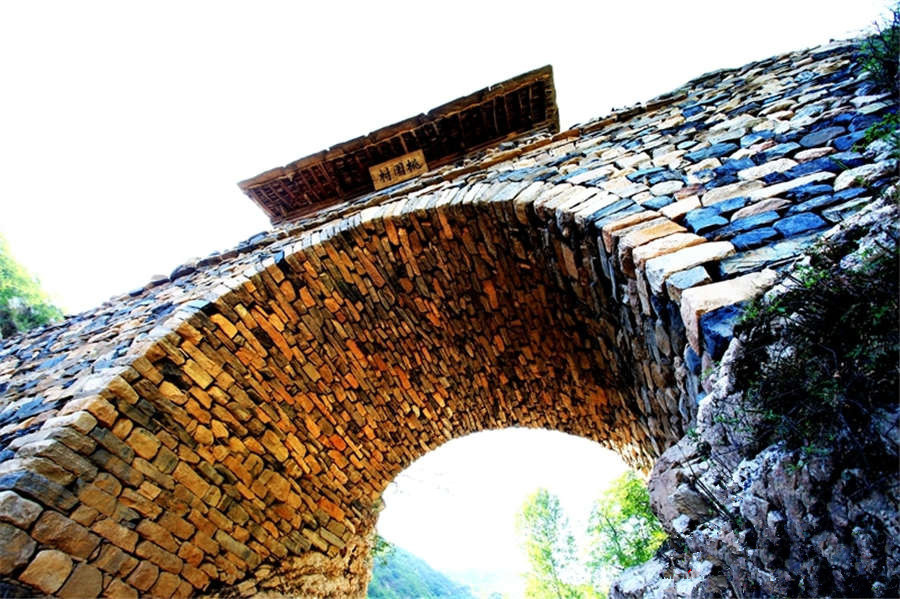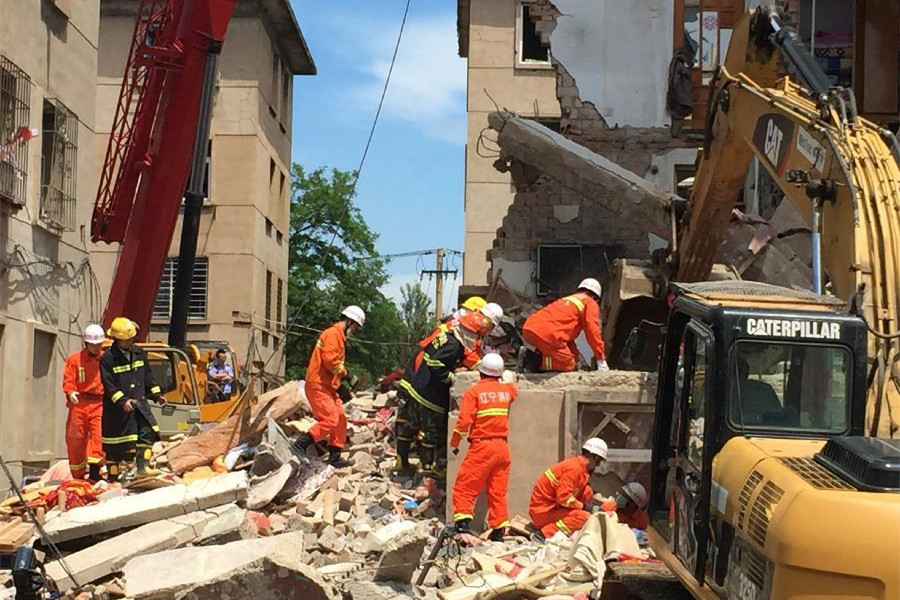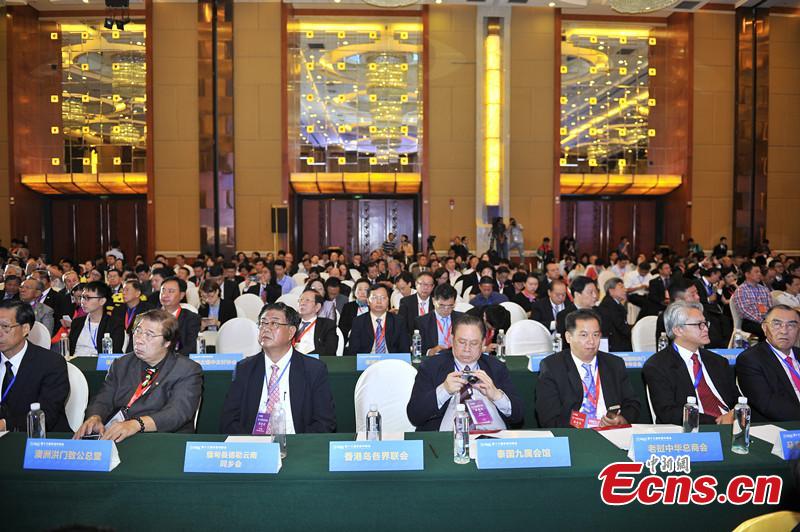Sinking city
Shanghai has dealt with serious surface settlement since the 1920s-30s. Related data show that from 1921 to 1965, the city sank by 1.69 meters.
A research report by the University of Colorado in 2009 revealed that the Yangtze River Delta is challenged not only by ground subsidence, but also by a rise in sea level. "China's economic powerhouse, Shanghai, has an average elevation of just 4 meters, while the tide on Huangpu River can reach as high as 5 meters and above. Shanghai will be inundated if it goes down another 2 meters."
Surface subsidence is the major geological disaster in Shanghai, which is largely related to the soft soil, said Liu Shouqi. "Excessive exploitation of underground water has flattened the aquifer, which later led to ground settlement."
Shanghai started drawing water as early as 1860, and reached a peak in 1963 by exploiting 203 million cubic meters of water that year, when the ground sunk to an unprecedented low. "If Shanghai had kept going like it was in 1965, it would have been submerged in 1999," commented Wang Pin, geologist and professor at Tongji University.
An investigative report calculated that in the 1980s, 1 millimeter of subsidence would cause 200 million yuan in economic losses. "The figure will be much higher now, given the decades of economic development," added Liu Shouqi.
Cooperative control
Shanghai invested 35 million yuan in the 1990s to build a land subsidence monitoring network to inform construction firms of possible ground settlement.
However, to slow down and possibly reverse the sinkage, Shanghai needs to control underground water exploitation together with its neighboring provinces, including Jiangsu and Zhejiang, noted Liu Shouqi.
According to a 2005 evaluation of groundwater and geological disasters in the Yangtze River Delta by Guo Kun, vice head of the China Geological Survey's Nanjing Center, nearly 10,000 square kilometers of land in the delta had subsided by 200 millimeters. Moreover, ground settlement in Suzhou, Wuxi and Changzhou of Jiangsu Province had induced 22 geological disasters. Economic losses from the early 20th century to 2003 hit 290 billion yuan in Shanghai, and more than 50 billion yuan in Suzhou, Wuxi, Changzhou and Jiaxing of Zhejiang.
Guo warned that if the subsidence was not slowed down, the Yangtze River Delta would be drowned by 2050, with the sea level going up by 40-70 centimeters.
However, Zhao Jiankang, chief engineer at the Zhejiang Provincial Department of Land Resources, denied such a negative prediction, saying that the "situation has changed now, and the sinking is slowing down. The ground in some regions is even rising."
Zhao added that Shanghai, Jiangsu and Zhejiang had been working together to combat surface subsidence since 1999, which had resulted in an ease in underground water exploitation. The underground water consumption in Zhejiang dropped from 150 million cubic meters in 2000 to 16 million cubic meters in 2010, he said.
"Underground water should not be regionalized," said Zhao, in regard to the cooperation between provinces in the Yangtze River Delta.


















